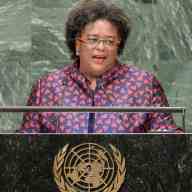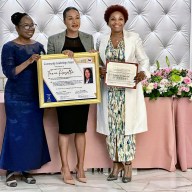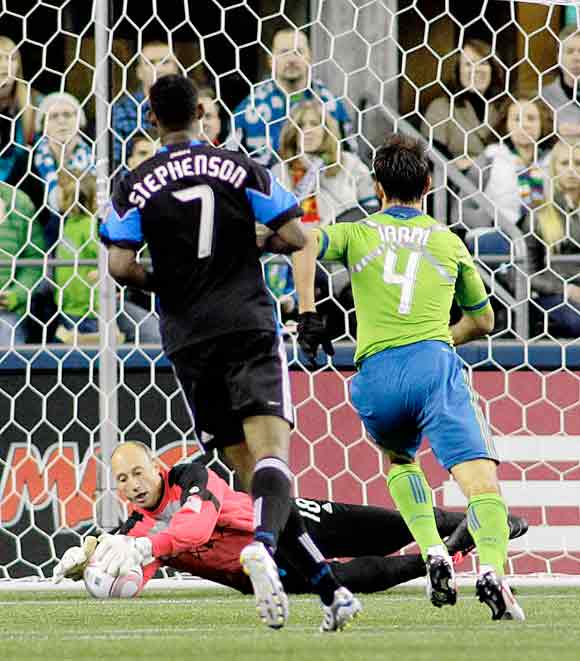As a Garifuna person from Dangriga Town, Belize and a descendant of the people who lived in the country of Saint Vincent under the leadership of our great King Joseph Chatoyer, I applaud the bold move by the prime minister of Saint Vincent, Ralph Gonsalves, who is about to recommend legislation to the House of Assembly that any person who is a Garifuna will be eligible for citizenship in the country of Saint Vincent, no matter where in the world he or she resides.
Secondly, that the government of Saint Vincent sponsor a bill to allow their citizens to engage in a cultural awareness program so that they can learn all the aspects of the Garifuna culture that they were not allowed to practice during British colonial rule and even up to today.
Thirdly, that the government of Saint Vincent formulate a cultural exchange program with all the countries where the Garifuna people are currently residing, such as; Honduras, Nicaragua, Guatemala, Belize, the United States of America and any other country in the world where it has been confirmed that a legitimate amount of Garifuna people are residing.
In studying the history of the deportation from the island of Saint Vincent, there is a strong possibility that some of our people were left off at other islands and countries on their forced journey to Roatan, Honduras.
Fourthly, that the prime minister of Saint Vincent and his government, will utilize the office of the attorney general on behalf of all the Garinagu people in Saint Vincent and the Diaspora, until a just settlement is rendered by the International Court of Justice on behalf of all the Garifuna people.
Prior to the British takeover of the island of Saint Vincent, most historical evidence suggest that the Garinagu people lived as autonomous communities with their separate chiefs as a confederacy under the leadership of King Joseph Chatoyer.
Even up to today, this is a trait that can still be seen as a pattern of behavior among them, despite the fact that they come from the same race. A good example is in Dangriga Town where there is Loubana and Whyhima people from the north and south sides of the same town. As the town is expanding, there will be more communities added to this list.
I have spoken to other Garifuna people in the country of Belize and in the town and villages where they reside, and similar patterns of behavior was observed by them. The Garifuna people have the tendency to resist any decision that is not made through consultation and consensus. This is one of the main reasons why many leaders of our current Garifuna associations are having problems getting the Garifuna people to join their associations or supporting their causes.
Until the current leaders of these Garifuna associations return to the masses and seek consultation, nothing much will be accomplished by these associations and our people will continue to live in poverty, be manipulated and our culture will be at risk.
I now call on every Garifuna person to take over all these current associations that are not doing anything constructive to promote our overall welfare and preserve this culture. If we fail to act, then when we start to experience our culture declining and our people loosing their autonomy then we will have nobody to blame but ourselves. It is for these reasons, why I am recommending that while the idea of reparation is good, we must approach it with consulting all the other Garifuna people and that the decisions be made through consensus rather than by a few individuals.
The author is …























